Written By: Melissa Lapierre – http://www.mochasmysteriesmeows.com/
Over the past decade I’ve had the pleasure of sharing my home with a trio of torties, Tara, Truffles, and now Mudpie. To say my days have been brighter because they’re in it would be an understatement. Of course cats just make life better in general, but there’s something about a tortie that speaks to my soul and I know now I could never live without one. That would just be unbearable for me.
What makes a tortoiseshell cat pure purr-fection (in my eyes)?
Everything from their exquisite beauty to their fun and playful personalities. Tortitude is real…but that’s what makes them so unique and special! They are also the most loving cats I’ve ever had the pleasure of knowing. They’re very vocal too, and there is nothing more fun than chatting with a tortie! They just have so much to say, and they’re not afraid to say it either!
Before I adopted my first tortie I didn’t think they were different from any other cat. Boy, was I wrong! I was completely caught off guard (in a good way!) and before long I was scouring the web for anything I could find about the cat I had given my heart to.
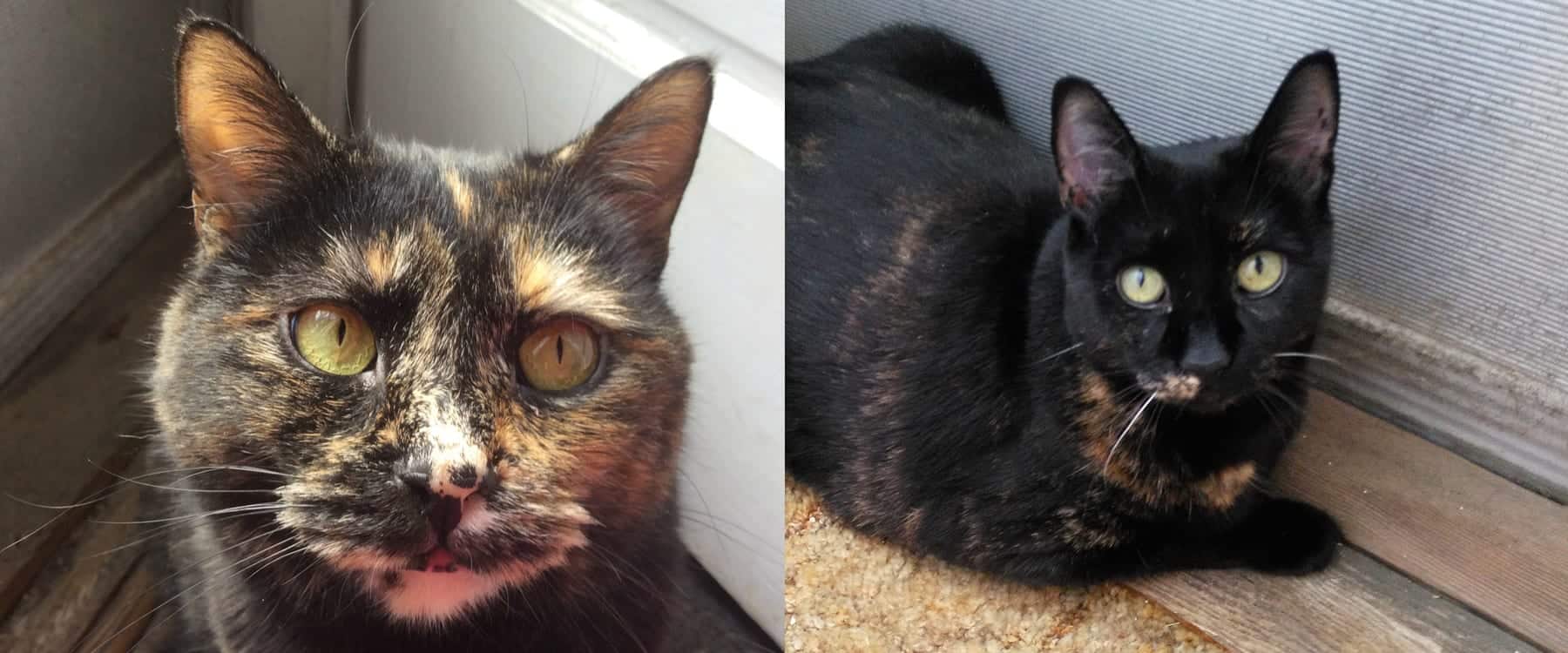
Photo: Melissa Lapierre
These are some of the fun facts that I learned:
1. Due to to genetics, approximately only 1 in 3,000 torties is male. When a male tortie is produced it’s the result of a genetic mutation. These males are typically sterile.
2. The distinctive colors that make up a tortie’s brindled coat include black, brown, red, chocolate, cinnamon, and amber. Dilute torties have lighter colors like lilac and cream, while one with a lot of black is referred to as a chocolate tortie. A torbie has tortie colors intertwined with a tabby pattern. A calico has tortie coat colors with added white sections. They are white, but with solid red and brown patches. In the United Kingdom, what we refer to as a calico is called a tortoiseshell and white cat.
3. A tortoiseshell is not a breed, it is a coat pattern. Persians, Cornish Rex, and the Japanese Bobtail are just a few of the many breeds that can produce a tortoiseshell coat, both long and short-haired.
4. Torties are often mentioned in folklore. In the United States they’re referred to as “money cats”. In Scotland and Ireland it’s seen as good luck when a tortie comes into your home, but that goes without saying! An old English wives tale says you can cure warts by rubbing them with a male tortie’s tail. Japanese fisherman believe bringing a tortie onto their boat protects them from storms and ghosts. The Khmers of Southeast Asia even developed an explanation as to the origins of a tortie: they came from “the menstrual blood of a young goddess born of a lotus flower during a magical ritual”.
5. One of Edgar Allan Poe’s most famous works is the short story The Black Cat, but in real life he was owned by a beautiful tortoiseshell cat named Cattarina! She served as his muse, perching on his shoulder as he wrote,and so deep was their bond that she died within weeks of his mysterious passing.
On more than one occasion I’ve heard shelter workers say that torties tend to be overlooked by prospective pet parents.
They’re victims of that silly black cat stigma, and so much is said about “tortitude” that leads people to believe they’re difficult. It breaks my heart that people don’t know what they’re missing out on. I can say from personal experience that once you “go tortie” there’s no going back. Life is just plain boring without one!
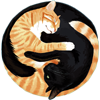

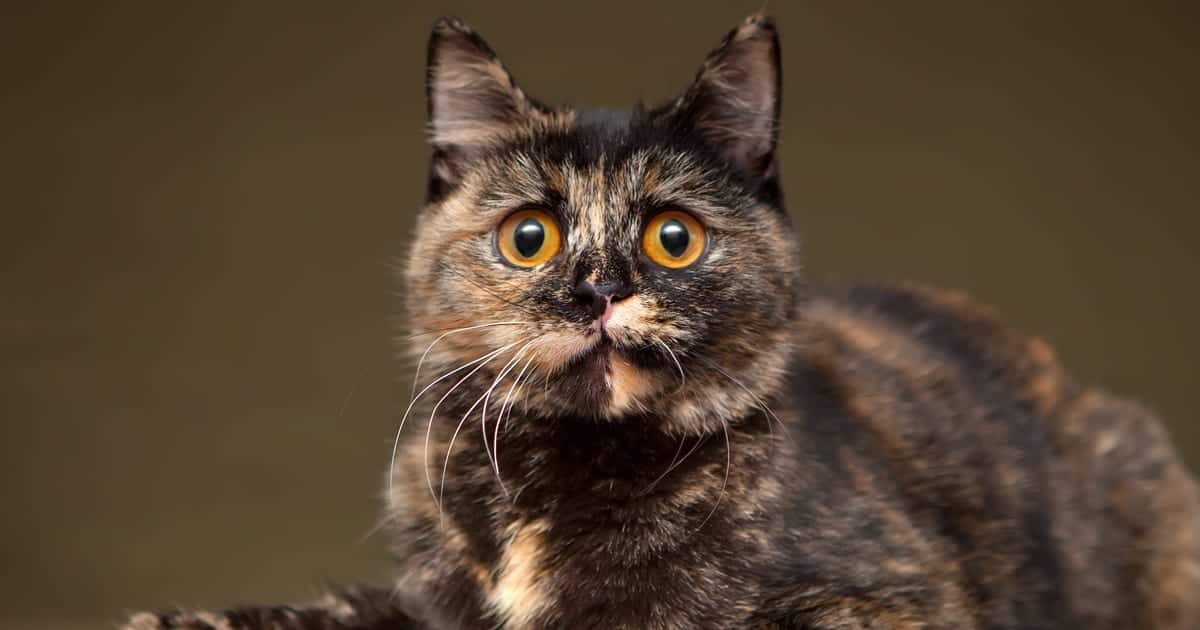
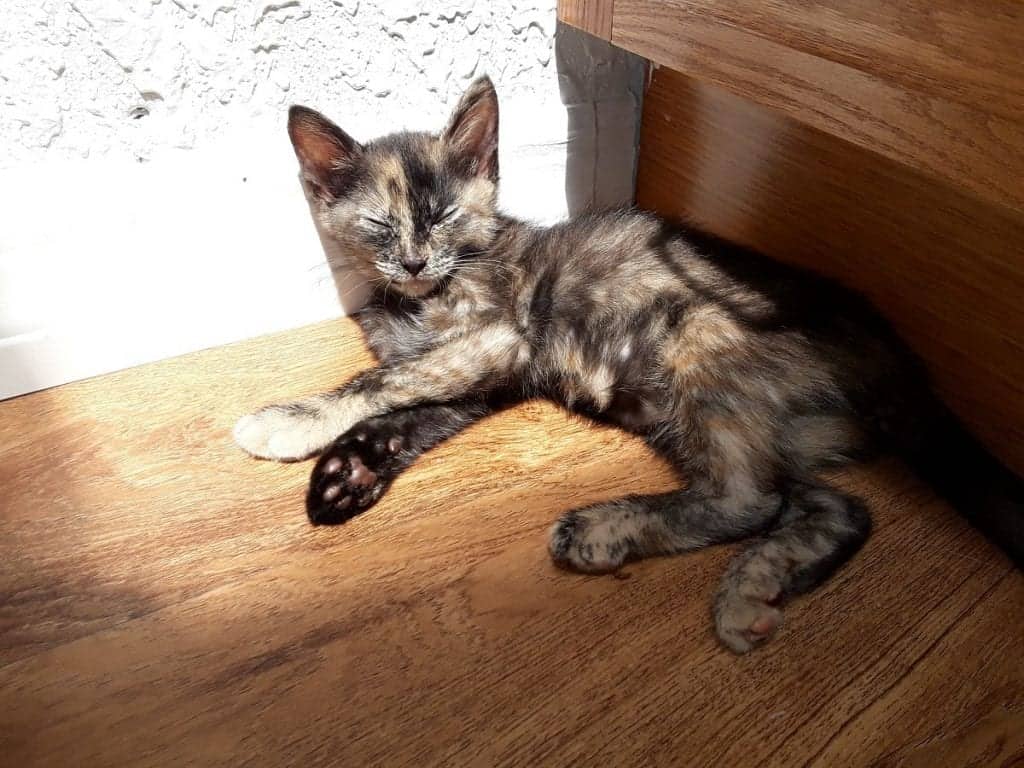
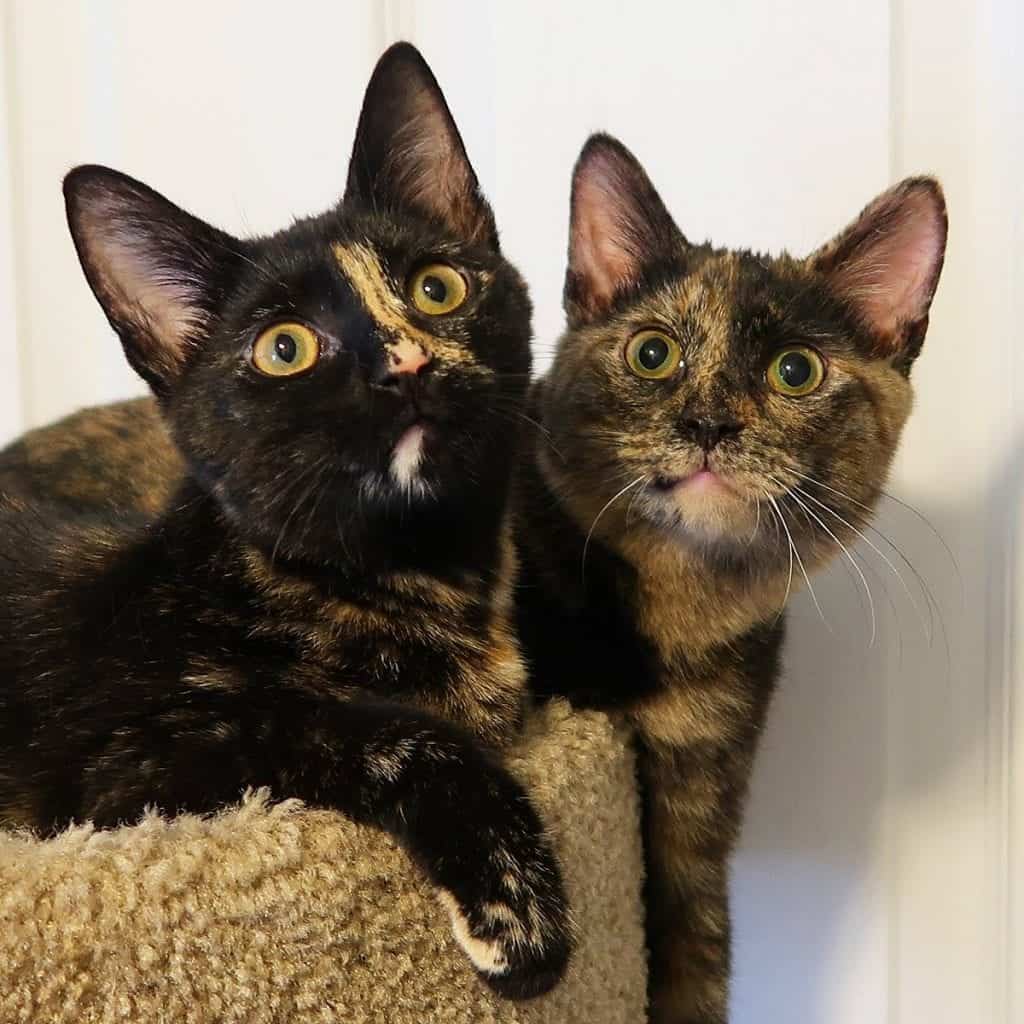
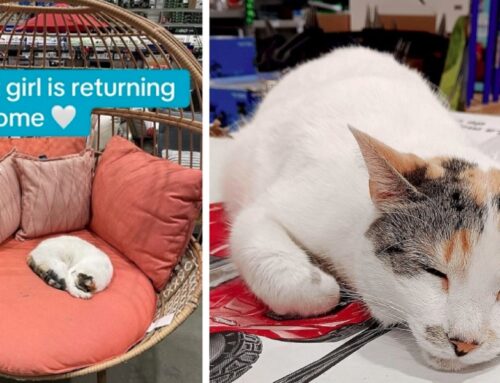
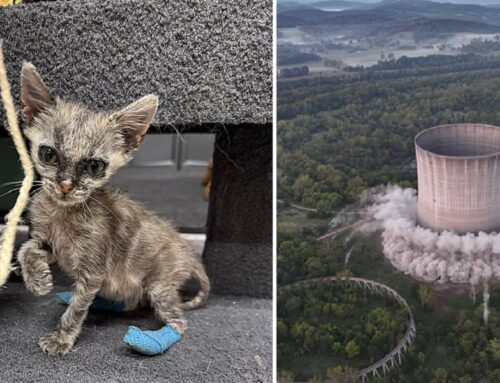
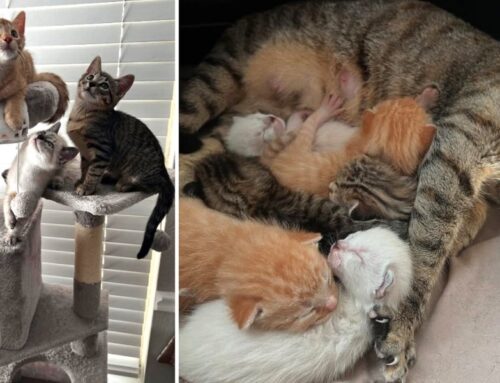

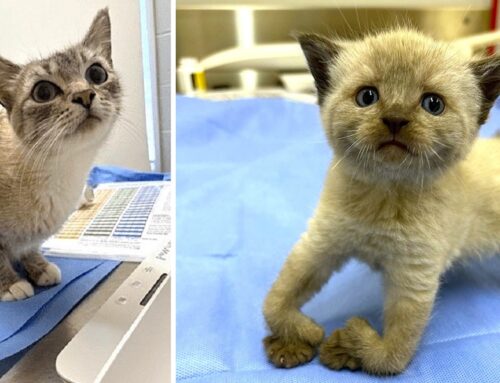
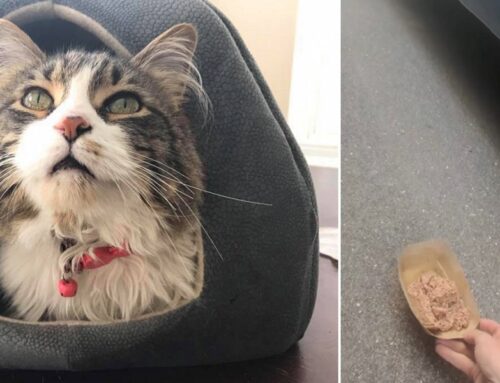
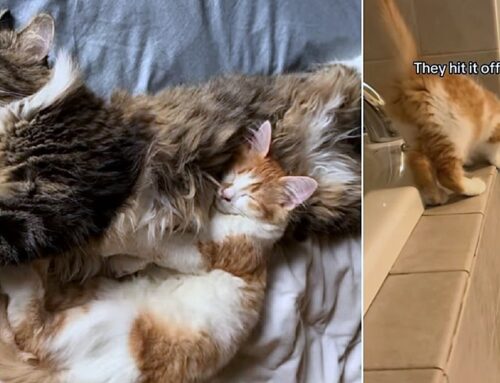
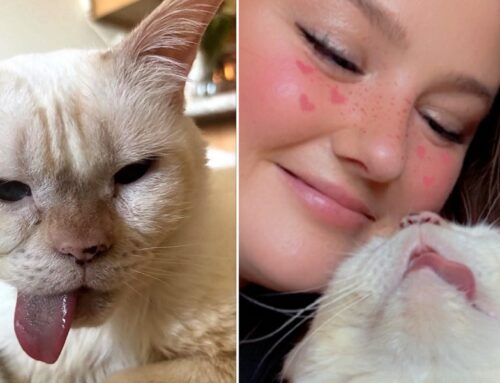
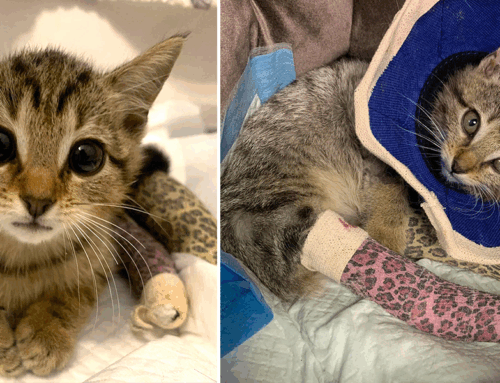
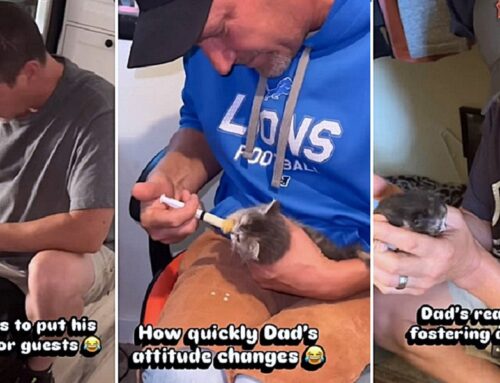
I have a tortie and white. She is beautiful and her name is Midnight ( named before I got her, but it suits her). She is a rescue. I hate that Black/ dark coloured cat have a bad name and people won’t rescue them
I love them all
Although I have a soft spot for calicos and torties. I grew up with a tortie we called Callie and my Calico now is Addie.
Both extremely affectionate girls.